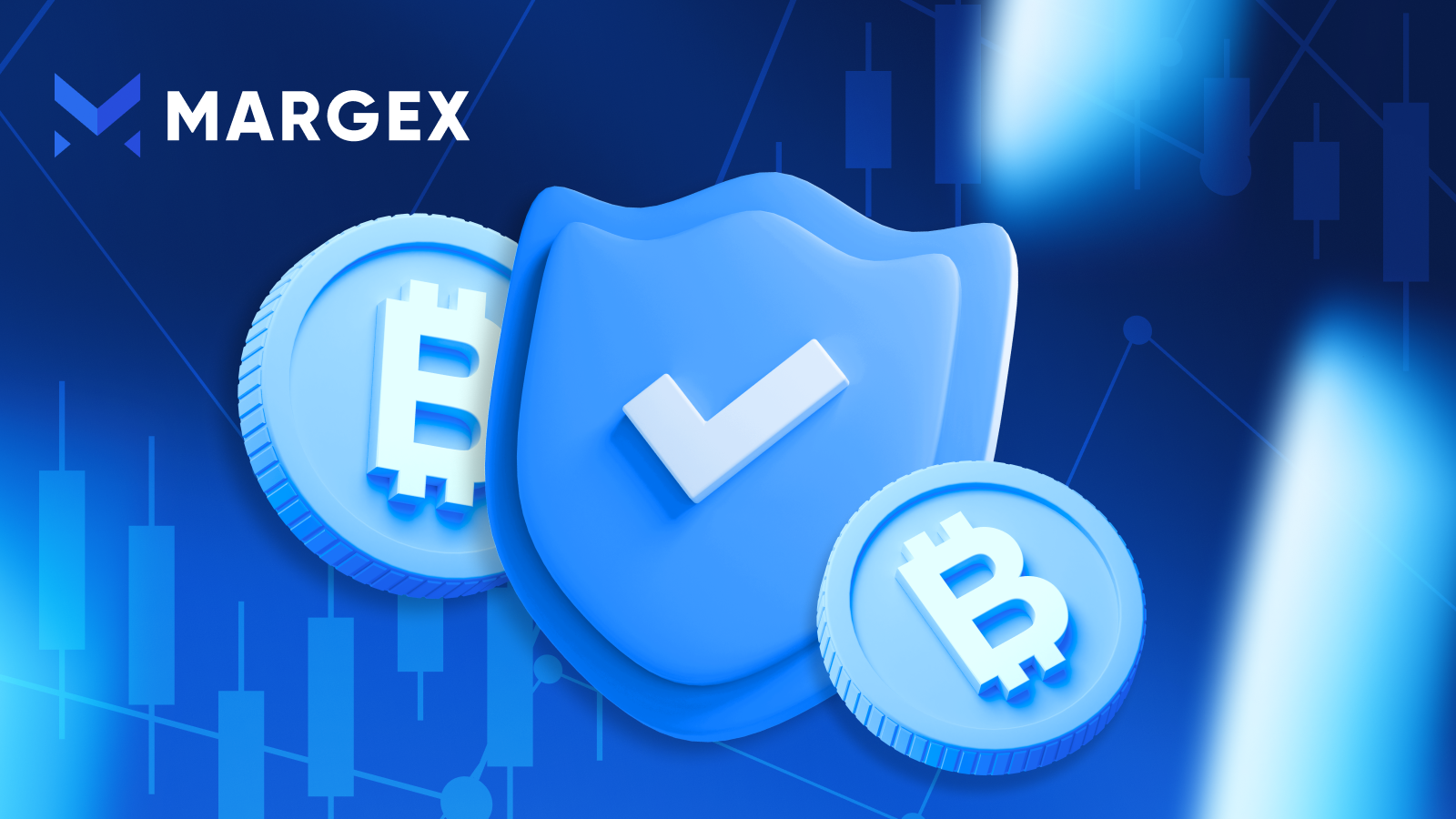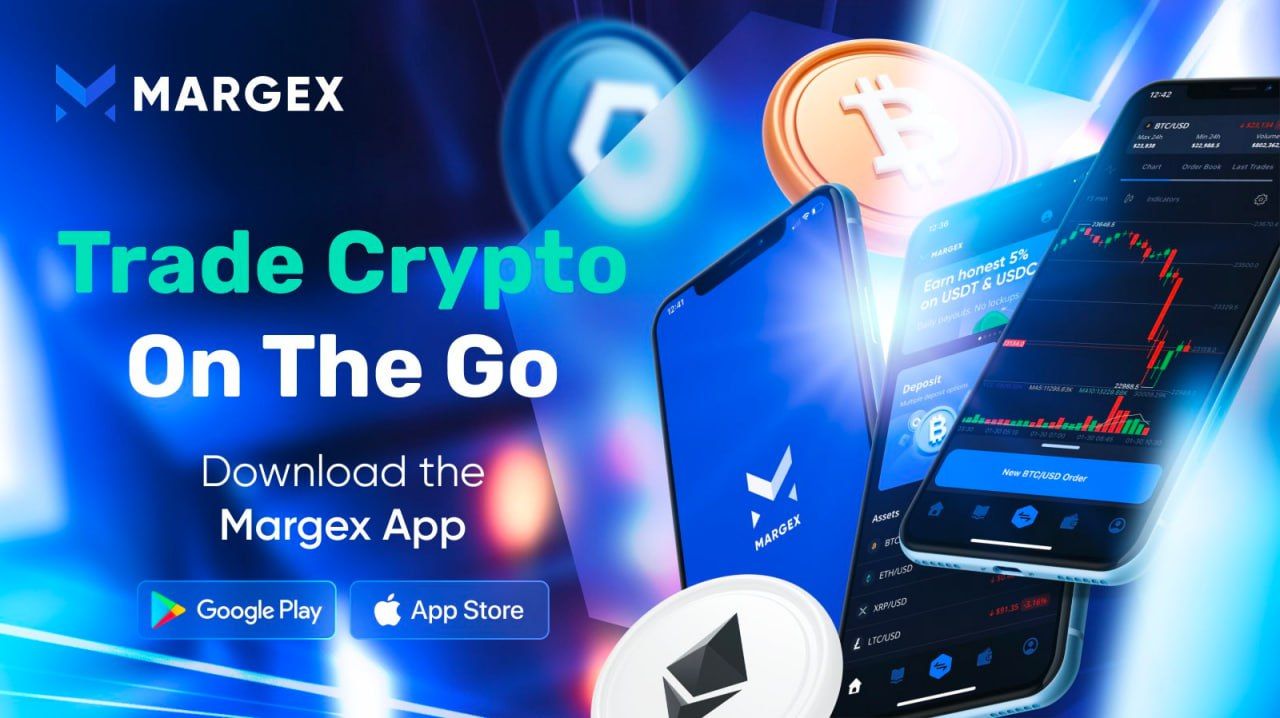
Introduction
The exploding interest in cryptocurrency has sparked a boom in various alternative digital currencies,like DeFi tokens, riding the wave of the market’s bullish trend. Diving into the world of cryptocurrency, you’re bound to come across DeFi platforms.Rooted in blockchain technology and powered by crypto assets, these platforms aim to create a whole ecosystem of financial services without the need for central middlemen.
DeFi tokens are at the heart of these platforms, offering functionalities akin to traditional financial systems, such as executing fund transfers, issuing loans, and setting up savings accounts.The hallmark of DeFi lies in its transparent operations, free from third-party oversight, and democratizing financial transactions. For those intrigued by the decentralized finance domain, the community extends an invitation to dive deeper into this emerging trend reshaping finance in the digital age through the following analysis.
What is DeFi
Traditionally, DeFi stands for Decentralized Finance within the cryptocurrency sphere, embodying a suite of financial applications built on top blockchain frameworks like Ethereum. These platforms are revolutionizing financial services through autonomous smart contracts, including lending, trading, and earning interest.In stark contrast to the traditional financial ecosystem, DeFi platforms eliminate the need for intermediaries, placing the reins directly in users’ hands. This autonomy enables seamless transactions and diverse economic engagements without the constraints of centralized authorities.
DeFi tokens are pivotal, symbolizing digital assets facilitating engagement and functionality within DeFi ecosystems. Despite the burgeoning interest and its unique challenges, DeFi is reshaping community perspectives on crypto assets.
Origin of Decentralized Finance
The genesis of DeFi traces back to Nick Szabo’s innovative concept of smart contracts in 1995. While Szabo laid the theoretical groundwork, the advent of Bitcoin in 2008 showcased the practical application of conducting financial transactions outside traditional banking systems. Ethereum’s launch in 2015 marked a significant milestone, offering a cryptocurrency and a versatile platform for executing smart contracts, thus propelling a diverse range of DeFi projects and applications.
Critical Elements of DeFi

Smart Contracts: Self-executing contracts that facilitate services like payments and transfers without centralized oversight.
Decentralized Applications (DApps): User-centric applications built on
decentralized networks, enabling interactions through intelligent contracts while offering functionalities akin to conventional apps.
Decentralized Exchanges (DEX): Platforms enabling digital asset trading like traditional stock exchanges but with crypto assets.
Other critical components include DeFi tokens for platform engagement, oracles for real-world data integration, decentralized liquidity provisions, and governance models that empower user participation in decision-making processes.
DeFi vs. Traditional Finance

DeFi distinguishes itself from traditional finance through minimized human error, enhanced transparency, global access, reduced bureaucratic hurdles, and a flexible,user-driven experience. Its modular nature fosters innovation, allowing for the creation of new financial products and services.
Regulation of DeFi
Unlike traditional finance, DeFi navigates a gray area concerning legal regulations. Governed by code, DeFi operates within the boundaries of intelligent contracts, presenting unique challenges for regulatory frameworks. Issues such as transparency, consumer protection, and information asymmetry necessitate a nuanced approach to regulation, potentially involving adaptations to existing laws or the introduction of new guidelines.
Tokenization: Key to the Growth
Tokenizing real-world assets is viewed as a significant leap forward for DeFi, promising enhanced integration with the real economy and beyond mere speculative value. Innovations like L2 solutions and oracles are paving the way for this integration, with potential implications for derivative trading and broader economic connectivity.
Future of DeFi
The growth of Layer 2 tech and the rise of Web3 social platforms are set to play a huge role.These advancements are geared to fuel innovation, teamwork, and community involvement in the DeFi world, pointing towards an exciting future for decentralized finance.Diving into DeFi sheds light on its core concepts, how it works, and its promising direction, transforming the financial landscape.The future of DeFi is outlined by two significant phenomena in 2024:
● Maturity of Layer 2: The development of Layer 2 is expected to reach maturity, solidifying as a major trend. Mathieu Baudet, Linera CEO,anticipates that 2024 will be crucial for the consolidation of DeFi protocols that heavily focus on Layer 2. Baudet emphasizes the need for innovative solutions to address challenges in these layers and suggests that collaboration between Layer 2s will be essential to achieve faster communication and avoid liquidity fragmentation. The possibility of sharing a decentralized sequencer to streamline communication between Layer 2s is considered.
● Growth of Web3 Social Platforms:Sung Min Cho, Beoble CEO and co-founder, foresees significant growth and evolution in Web3 social platforms in 2024. Factors such as increased regulatory clarity, rising consumer demands,and innovative technological development are expected to make Web3-based social platforms a key sector to watch in the industry. This approach underscores the importance of social and community interactions in the future development of the decentralized economy.
So, the future of DeFi seems to be marked by the consolidation and maturity of Layer 2,along with the continuous growth and evolution of Web3-based social platforms.These developments suggest a dynamic and ever-evolving landscape in the DeFi space.



